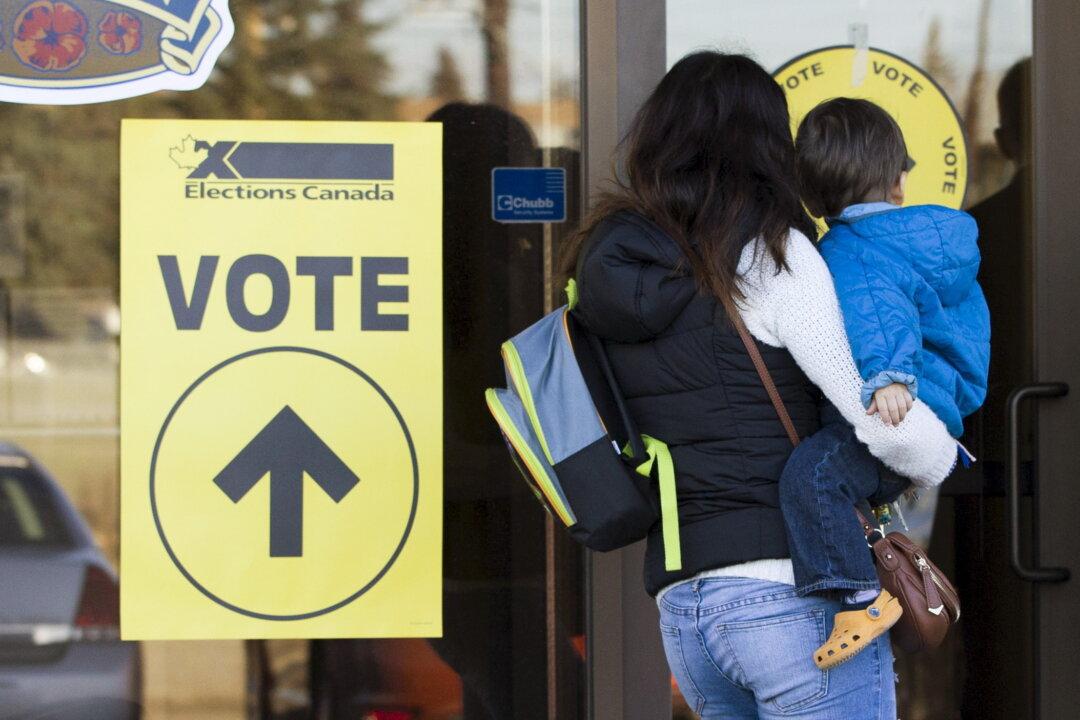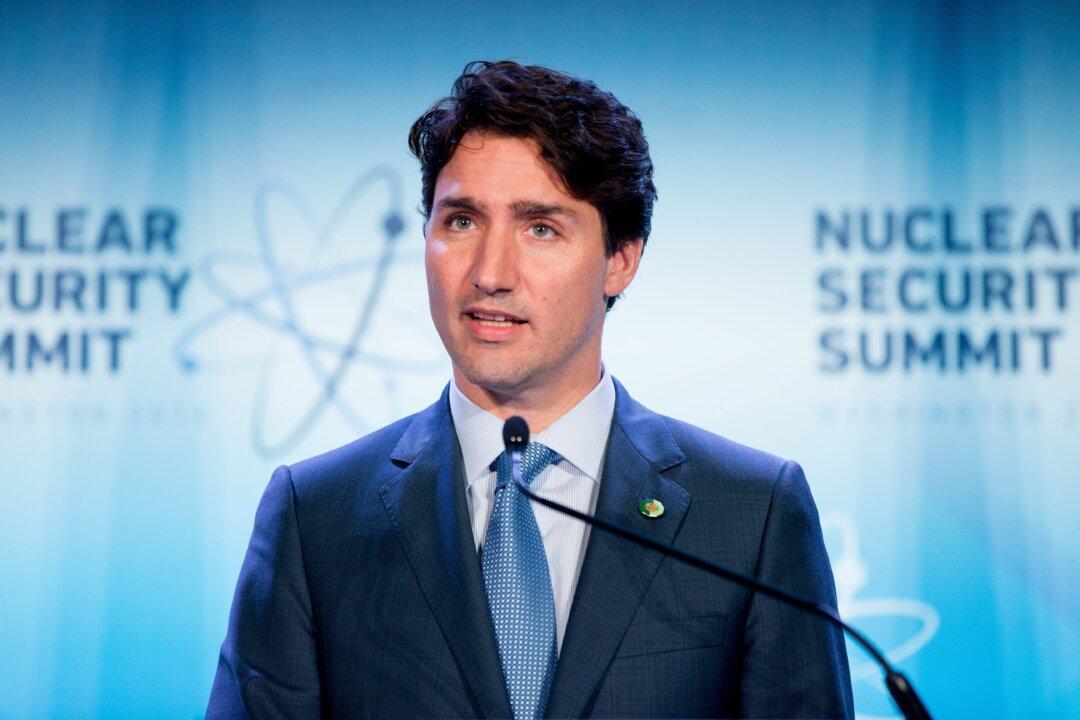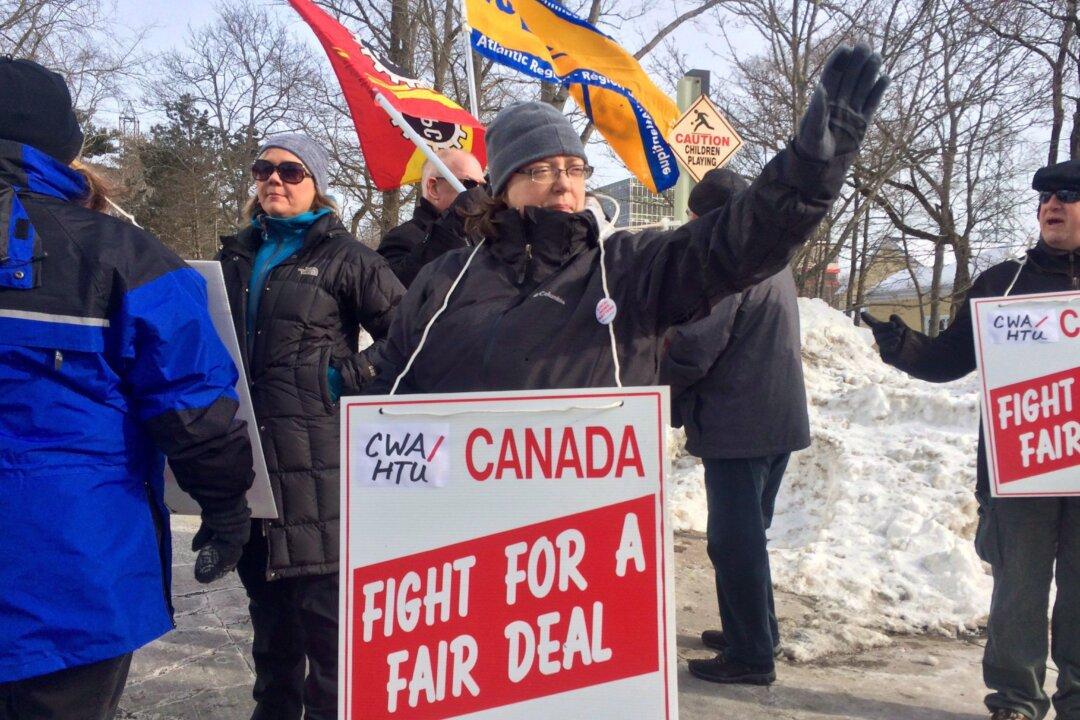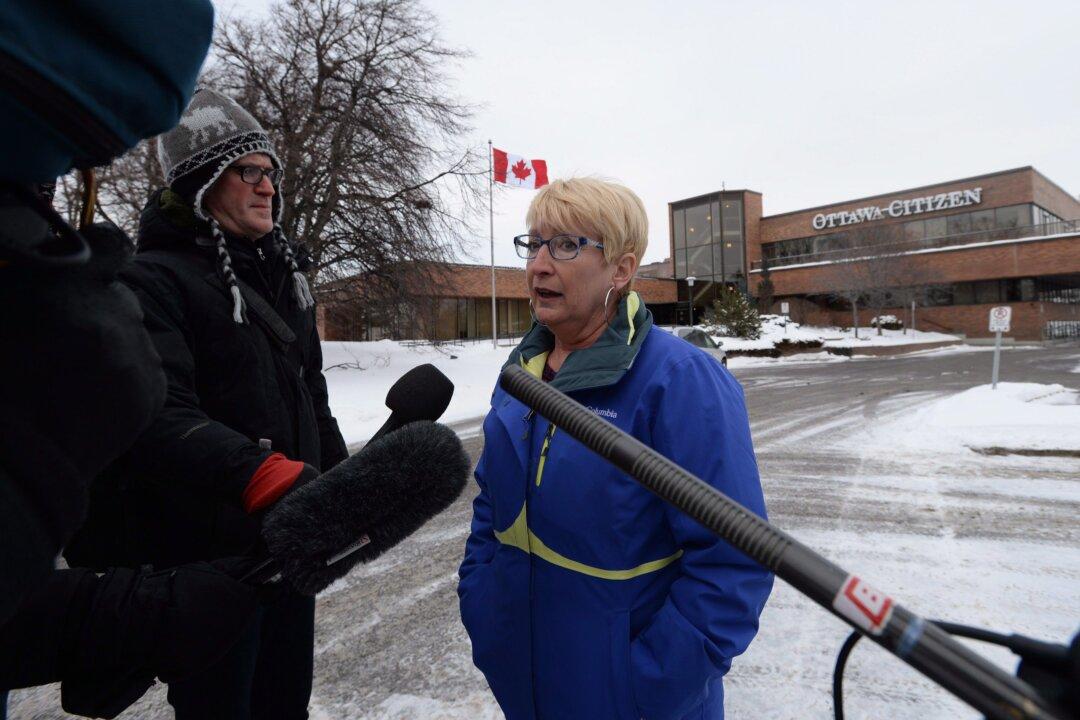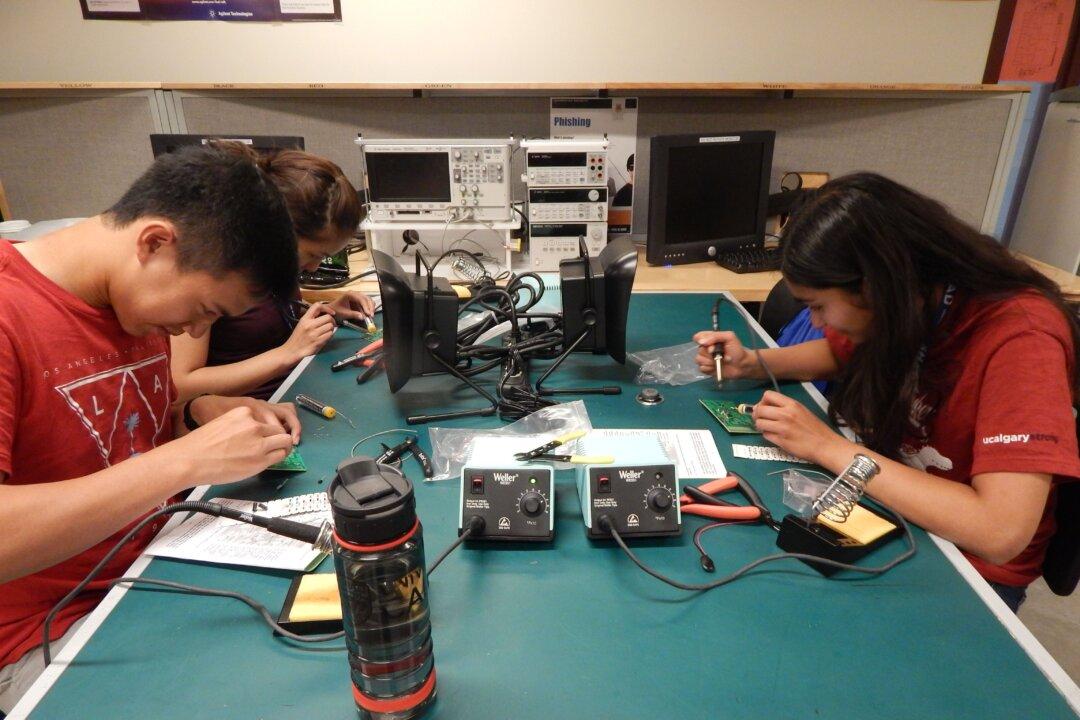Voter turnout in Monday’s election reached levels not seen in more than a decade, with turnout hitting 68.5 percent—the highest since 1993, when it was 69.6 percent.
There may be a number of reasons for the high turnout, but the closeness of the race was “the number one major factor,” says Duff Conacher, a University of Ottawa political scientist and co-founder of Democracy Education Network.
“If you have a competitive race with two or three candidates that are strong that have different stances on important issues, you will see voter turnout up,” says Conacher.
Conacher’s group organized several campaigns to encourage voter participation, including voteparty.ca and votepromise.ca. Votepromise.ca involved making a promise to vote and sending a message to others telling them of the plan, while voteparty.ca encouraged bringing a non-voter to the polls. That campaign also enlisted celebrities to encourage bringing a friend to vote.
“All the research shows that non-voters or first-time voters are more likely to vote if someone goes with them to vote. If that person is a friend, then it is the most important person a non-voter can hear from,” says Conacher.
Voter turnout has ranged from 67 percent in the 1997 election 58.8 percent in 2008—the lowest ever. In the last election four years ago, it was 61.1 percent.
The Ottawa area saw the highest levels of voter turnout, with Ottawa Centre topping the list at 82.22 percent, followed by Orleans at 80.91 and Carleton at 80.55 percent. Prince Edward Island reported the highest level of voting by province at 77.42 percent, while turnout for New Brunswick and Nova Scotia was also high—74.63 percent and 71 percent respectively.
According to First Nations groups, voter turnout for aboriginal people this time around hit all-time records.
Social media played a significant role throughout the campaign, being used by all parties to connect with supporters and voters.
“It had a much bigger role in this campaign than in other ones,” says Andrea Perrella, director of the Laurier Institute for the Study of Public Opinion and Policy at Wilfred Laurier University.
